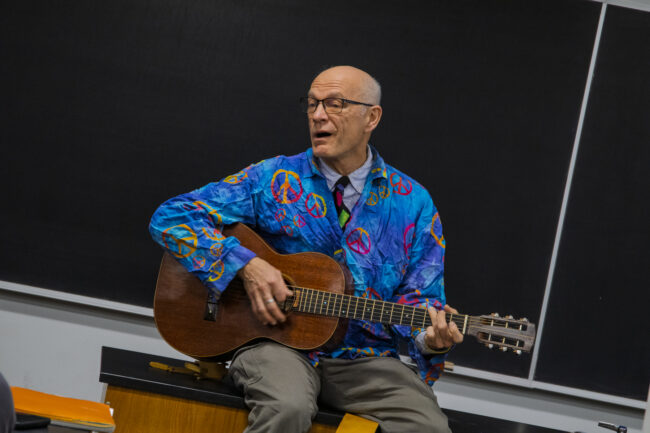This idyllic island just received a new U.S. travel advisory
… new Level 2 travel advisory for Mauritius, urging travelers to exercise increased … among honeymooners, outdoor enthusiasts, and travelers seeking a laid-back tropical … officials say travelers should stay alert, especially in busy tourist areas.
stephencphotog …






